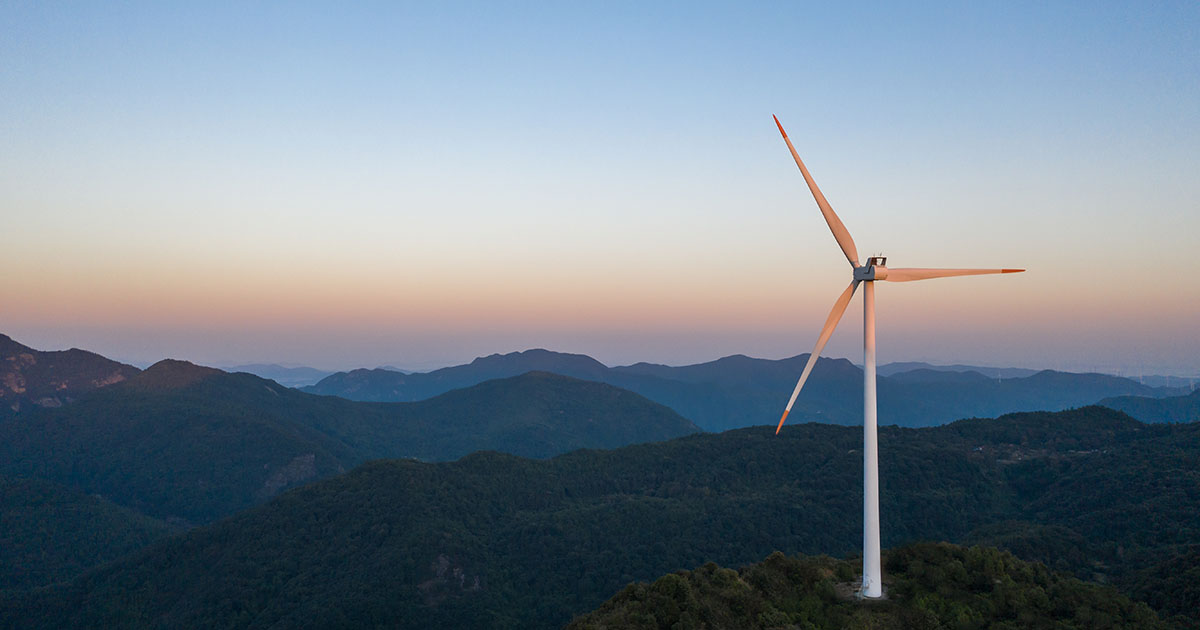
Use three Guide to Alternatives slides to support client conversations on the opportunities in infrastructure.
Global infrastructure requires significant capital
Around the world, countries are contending with significant infrastructure investment needs to upgrade their aging structures and facilities. It is estimated that the average annual infrastructure needed to maintain and upgrade traditional transport and utilities is nearly $4 trillion. Many countries also have ambitious targets for net zero carbon emissions, requiring significant investment in renewable energy projects. Together, this creates a massive structural tailwind for the demand of infrastructure assets.
Stable income and diversification have been elusive
Over the last decade, investors have dealt with extraordinarily low rates followed by higher rates but heightened volatility in bonds. In contrast, infrastructure has provided solid, consistent income over the same period (as highlighted in gray), as well as capital appreciation (blue) outside of significant economic downturns. In addition, it has exhibited low or negative correlation to public markets and less volatility relative to the U.S. bond market.
Inflation hedging is still a priority in portfolios
After a dramatic surge, inflation has made substantial progress toward the Fed’s 2% goal. However, some investors still worry aspects of inflation could be sticky, and in the long run, inflation is likely to settle slightly above the Fed’s 2% target. Relative to other asset classes, utilities have demonstrated strong inflation protection attributes historically.
